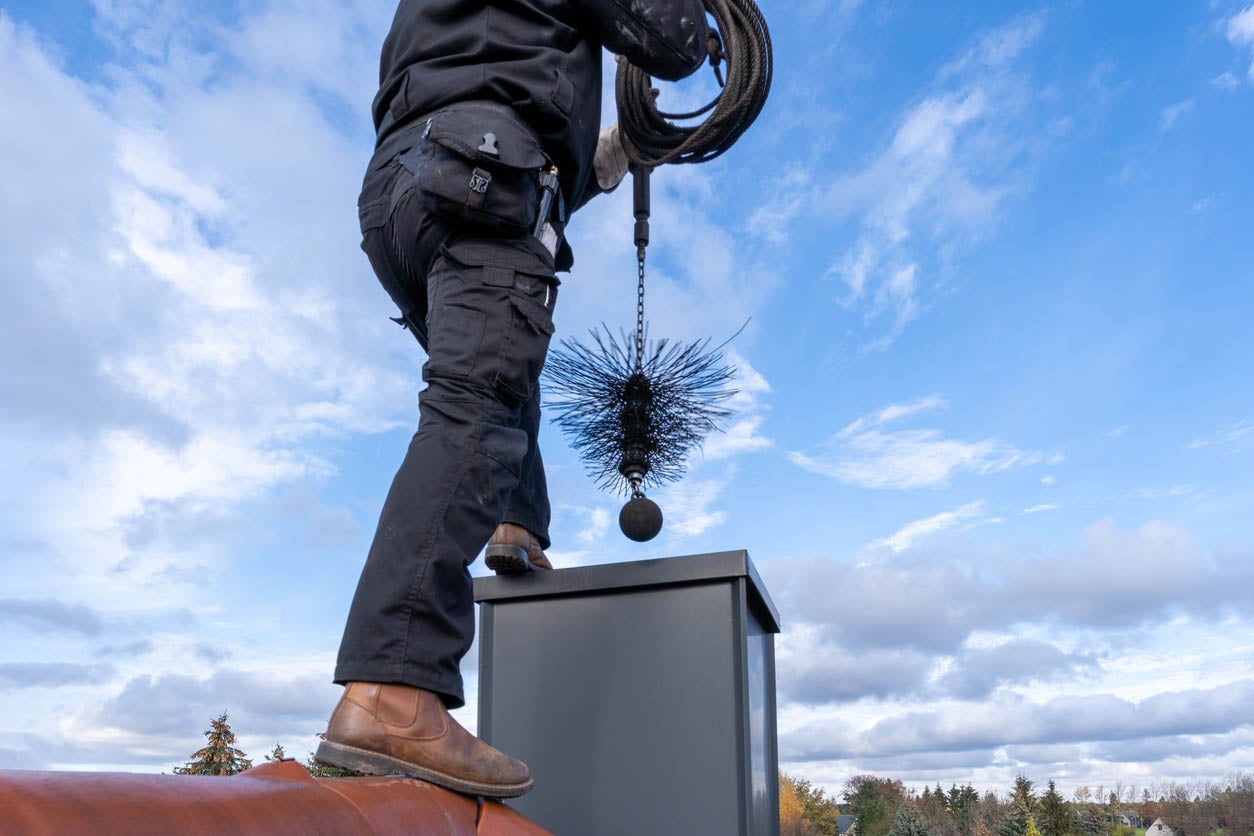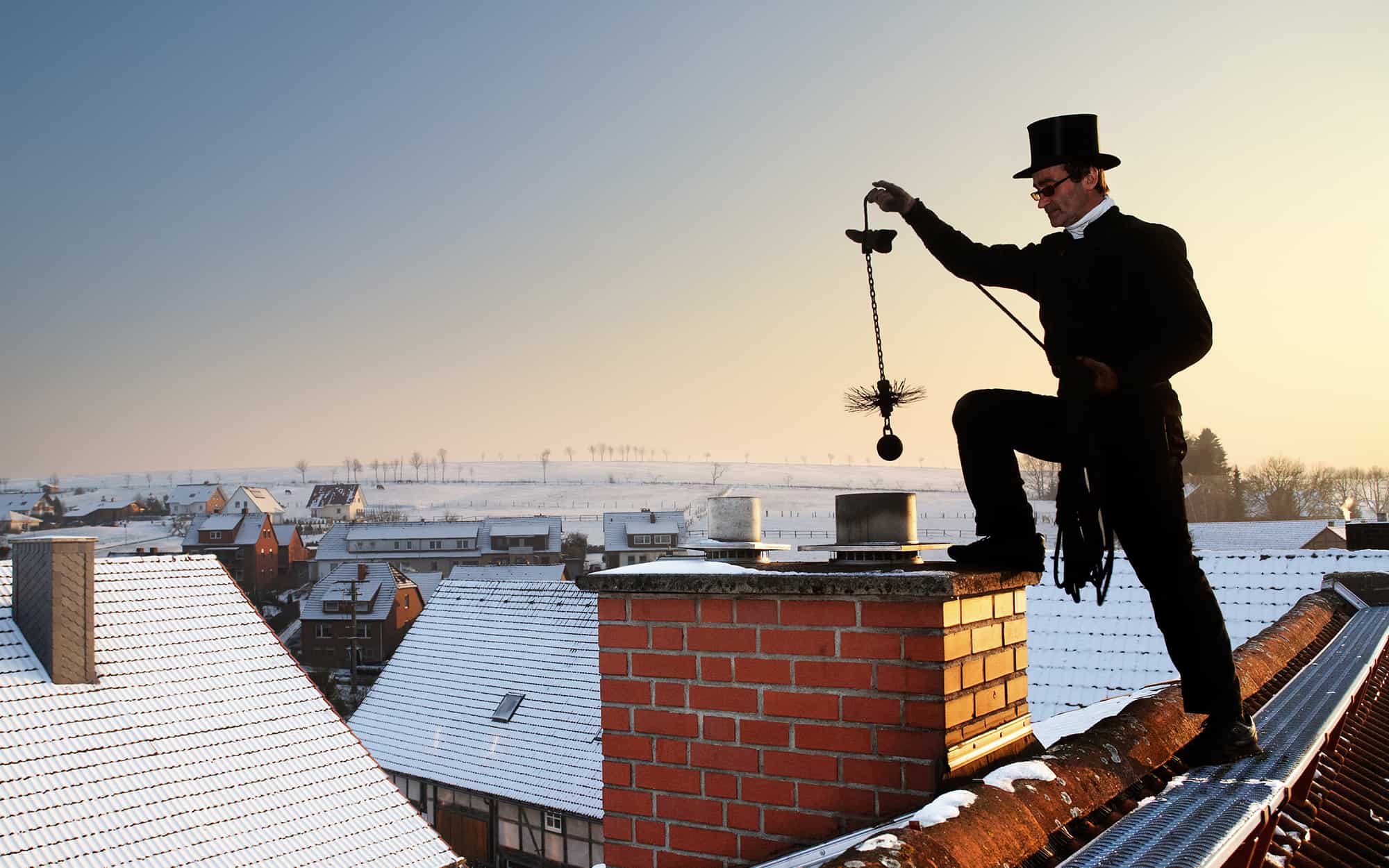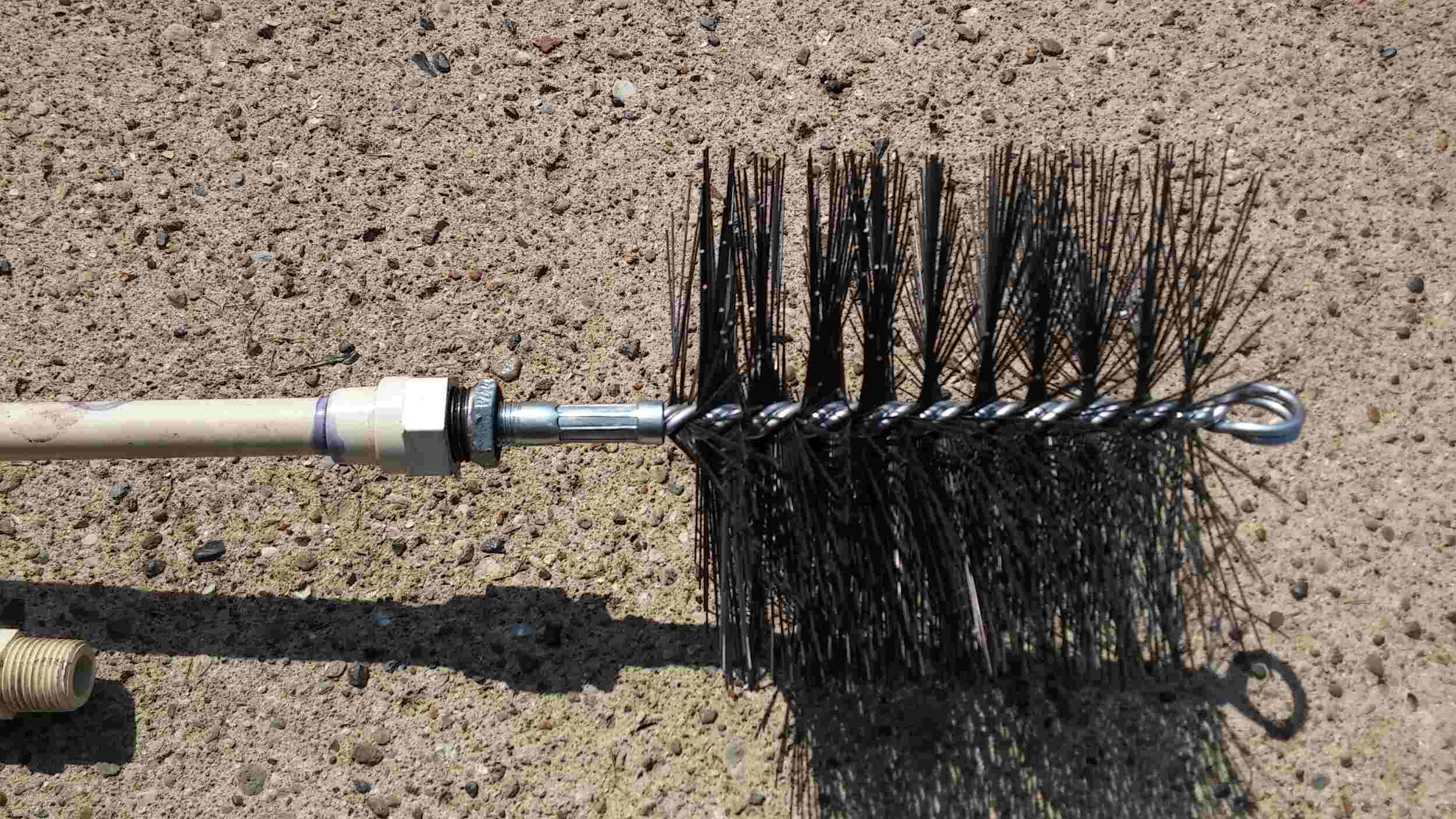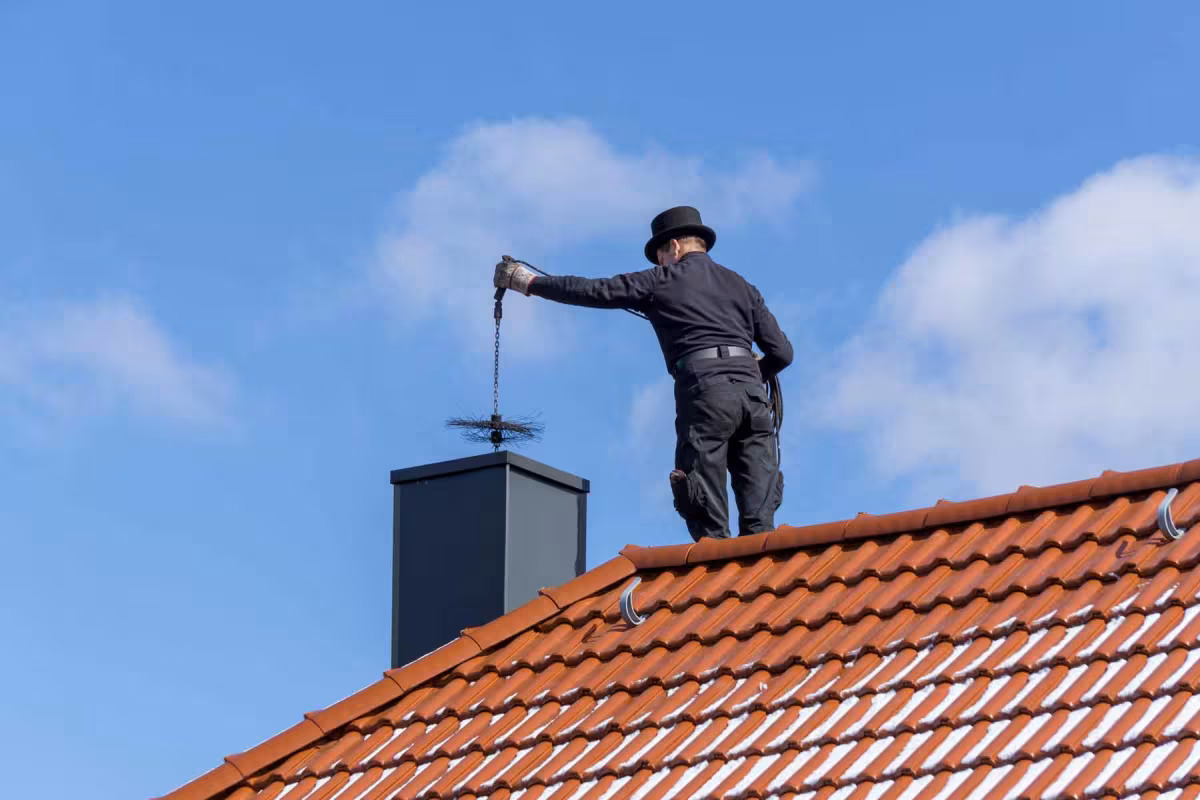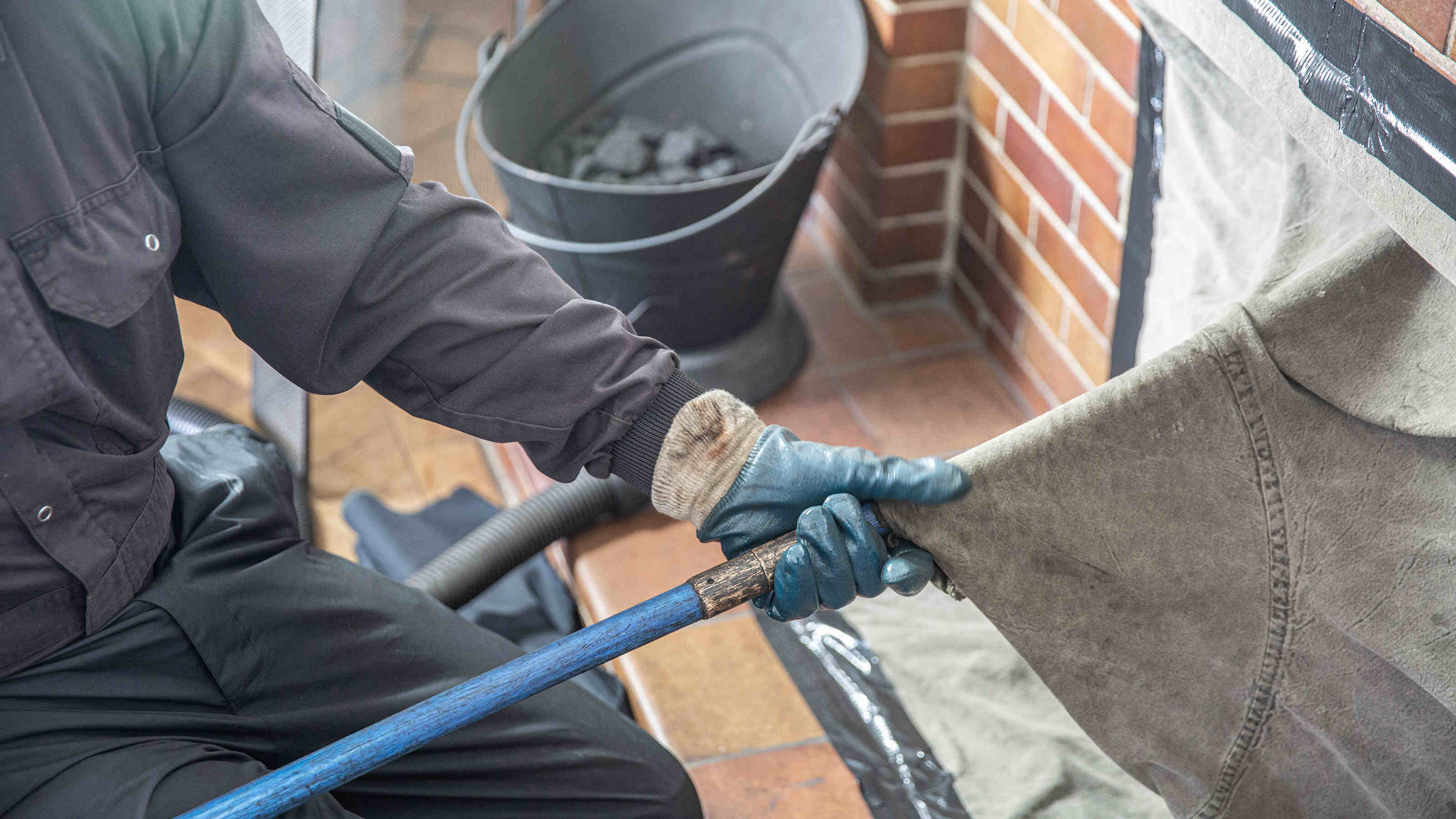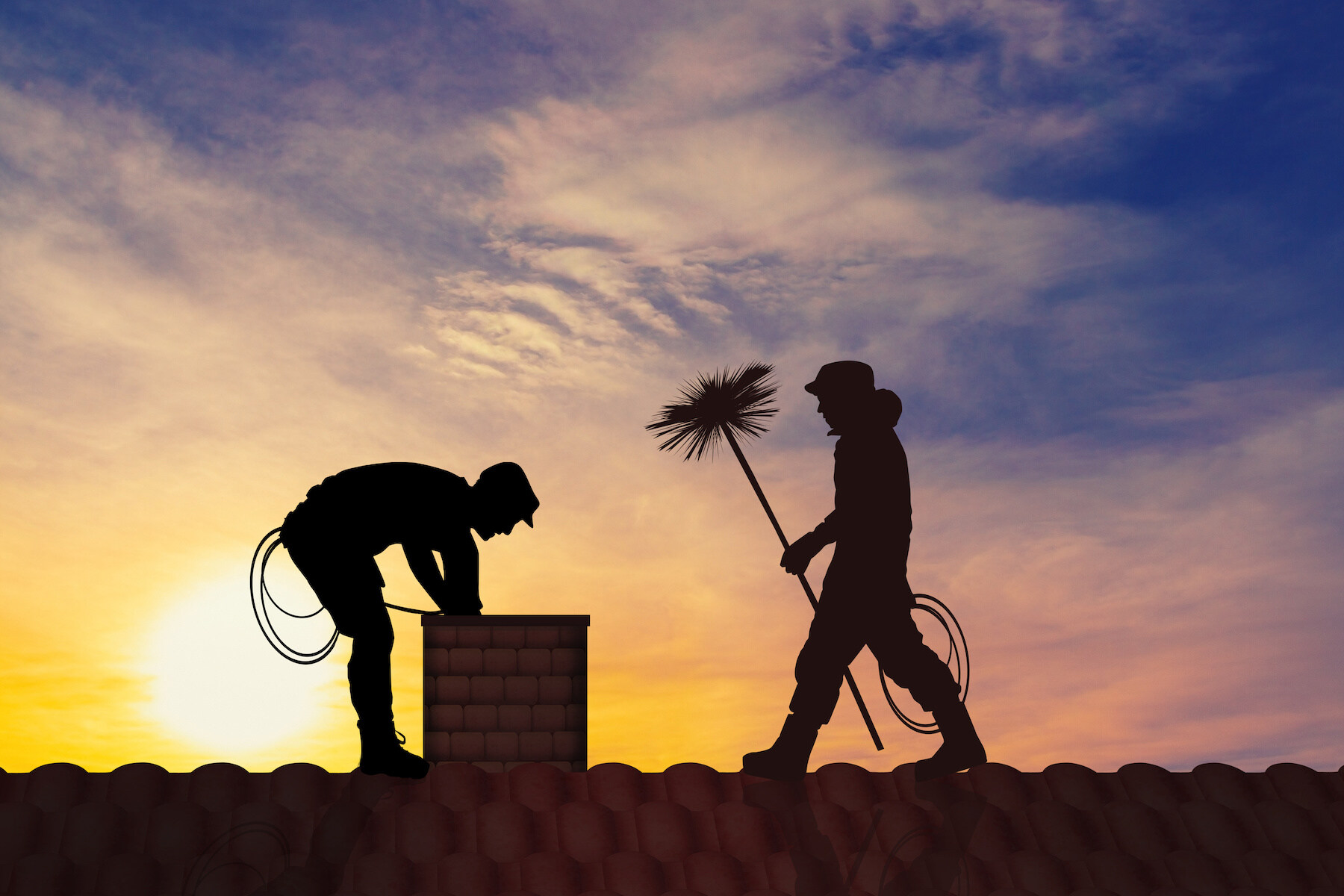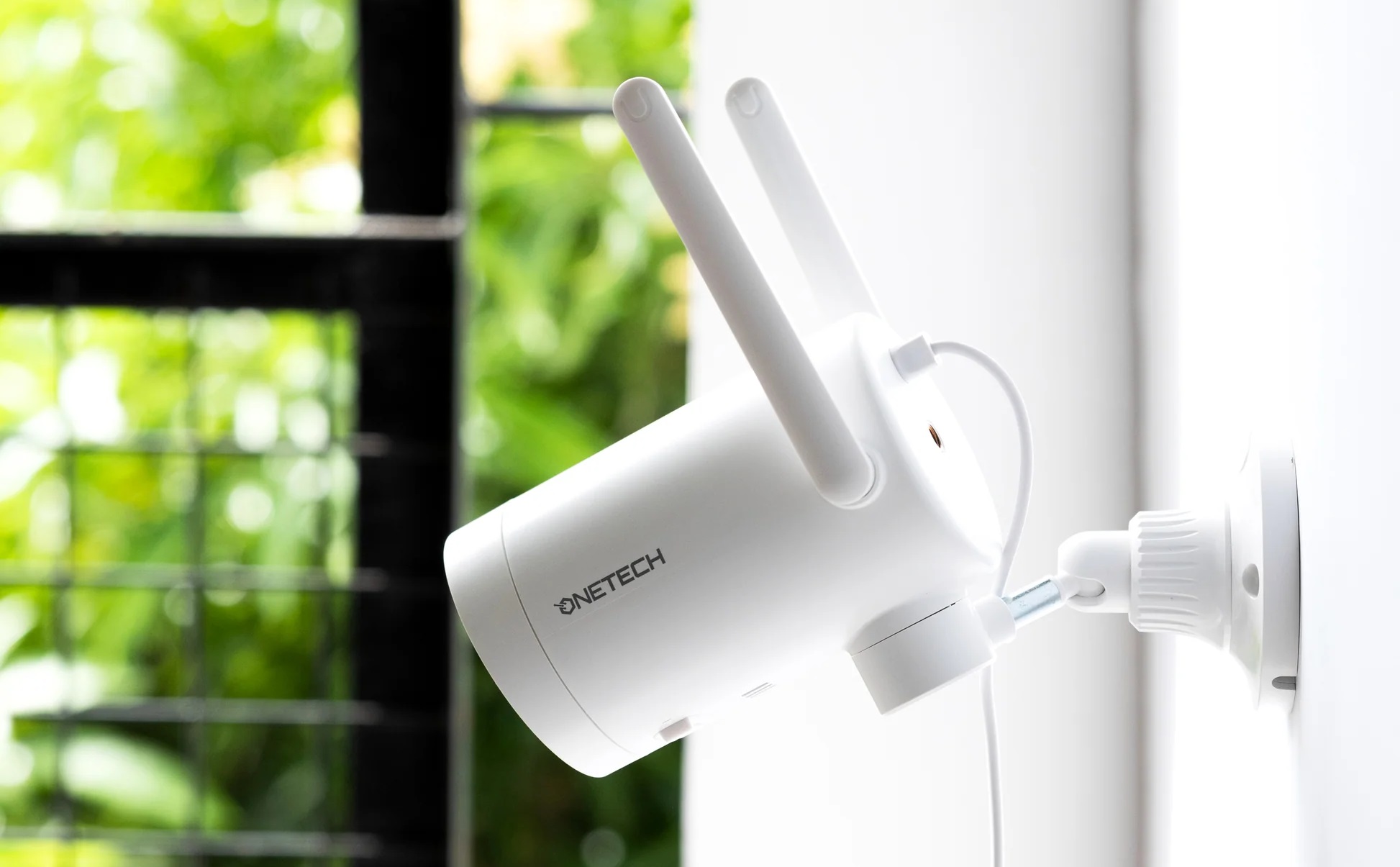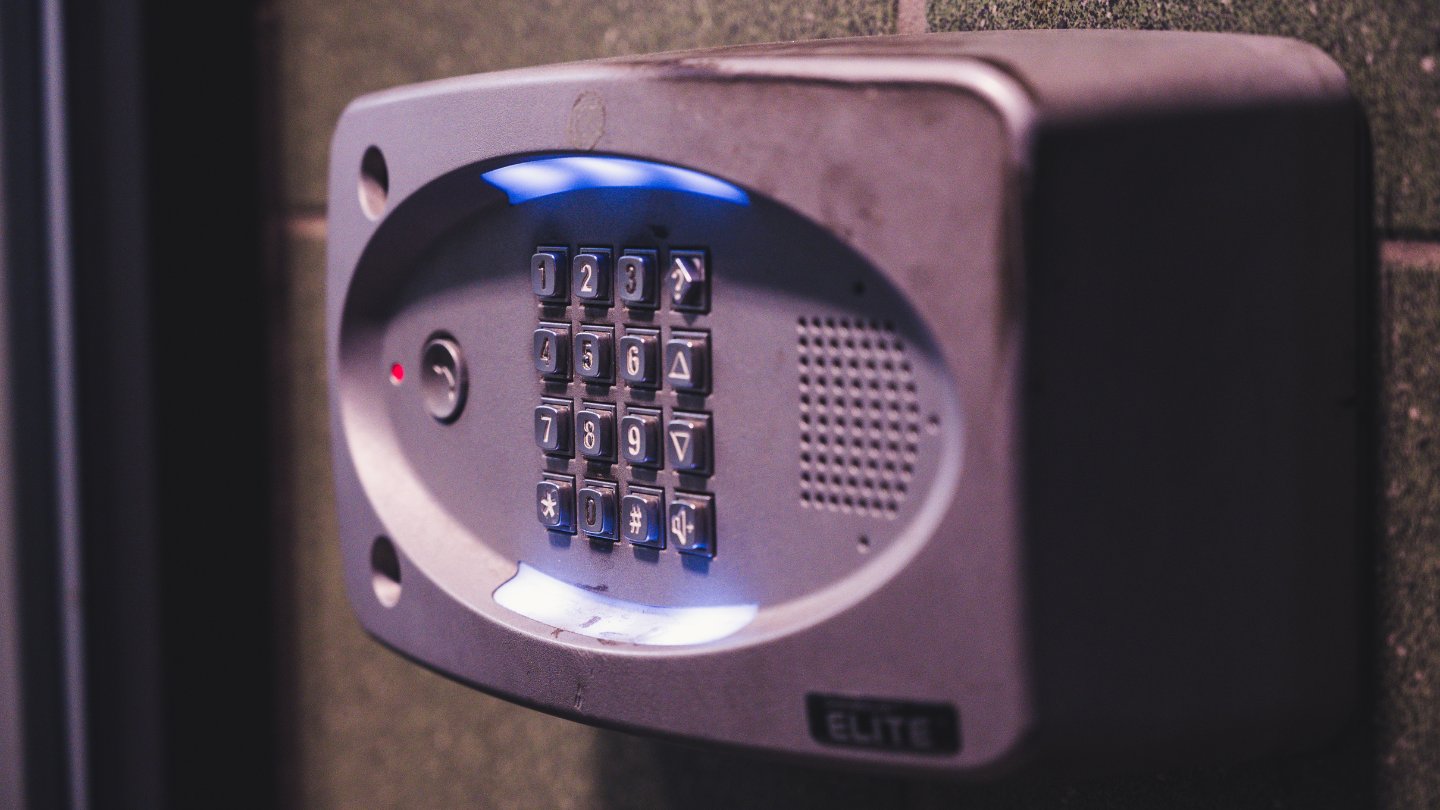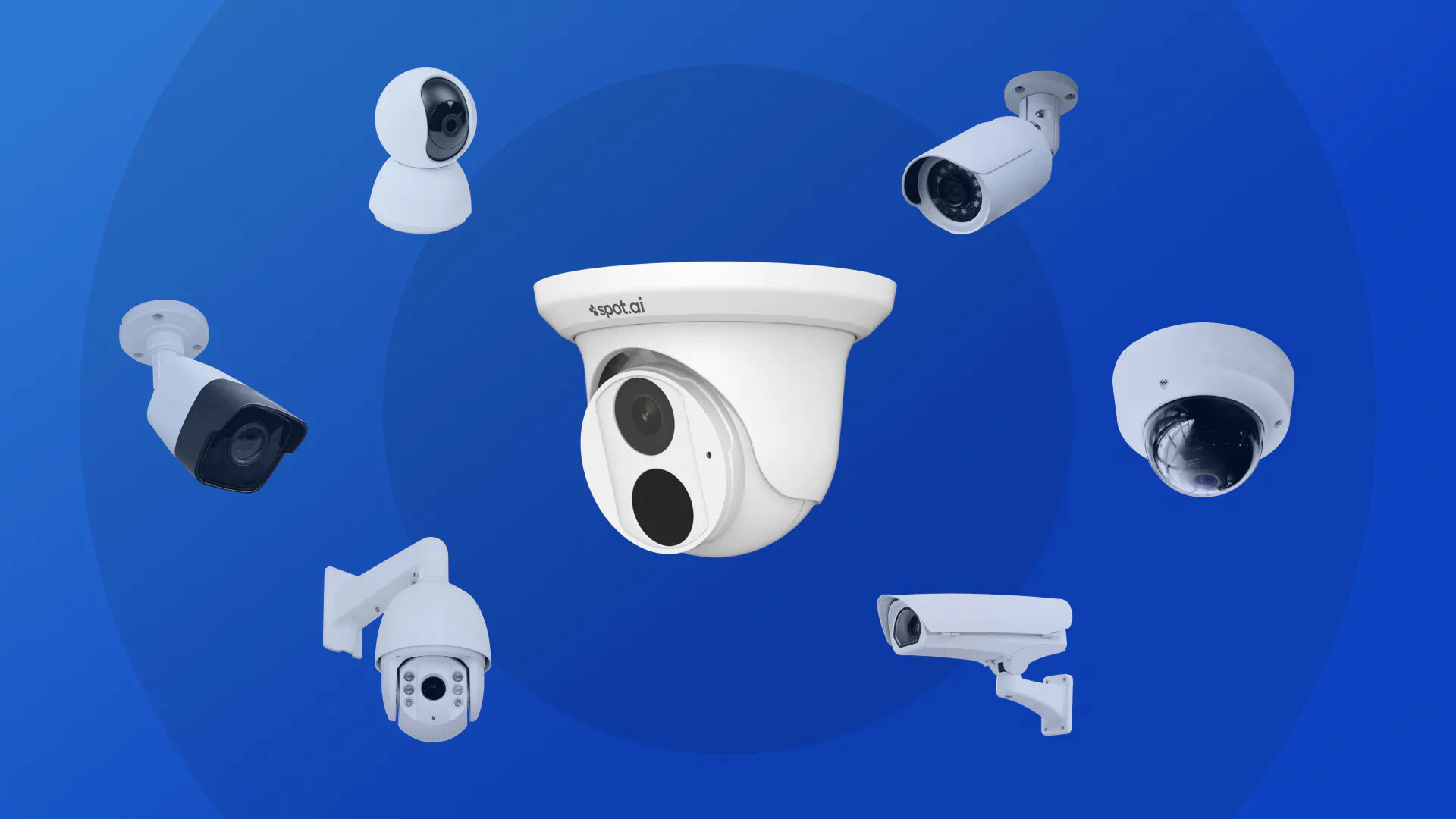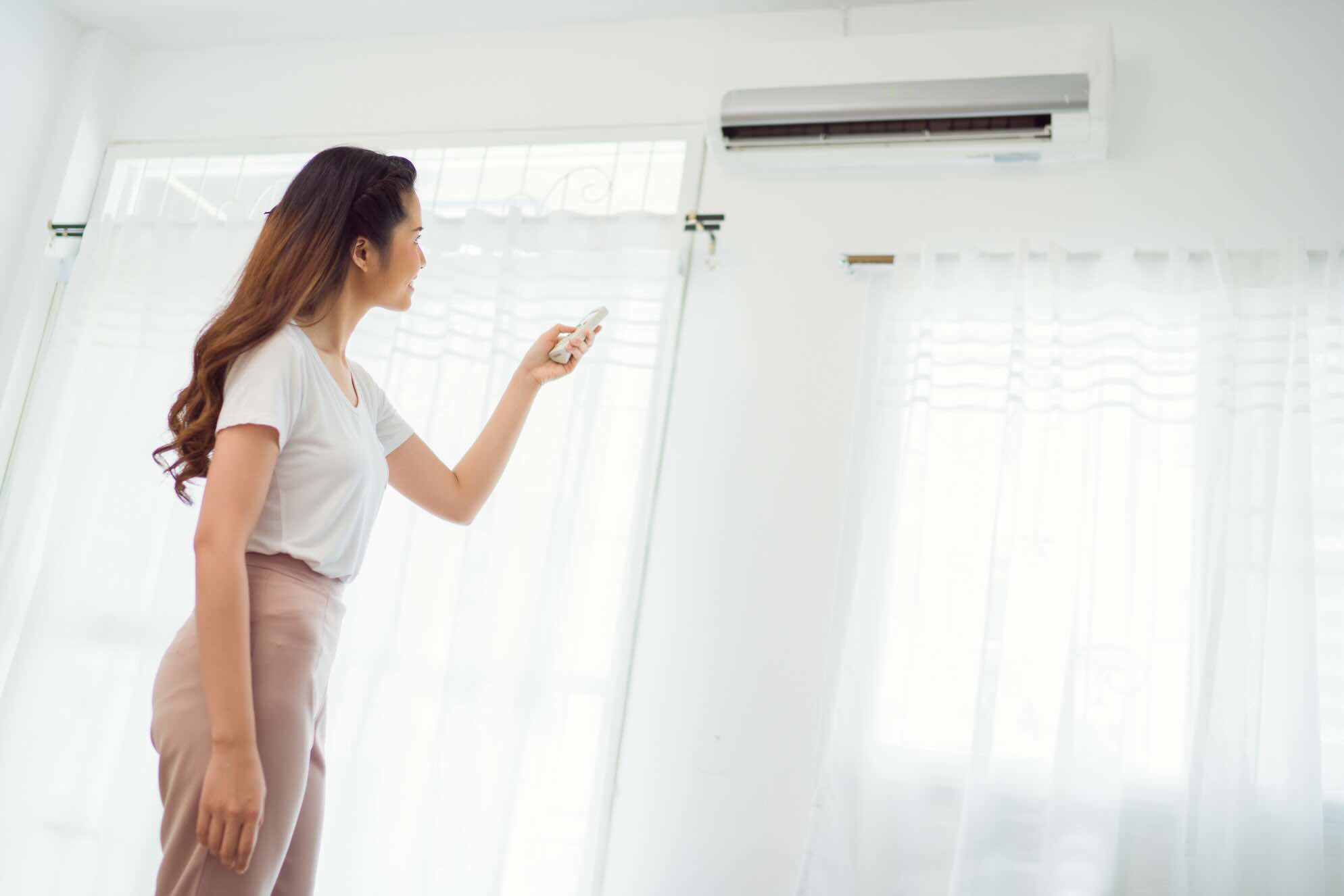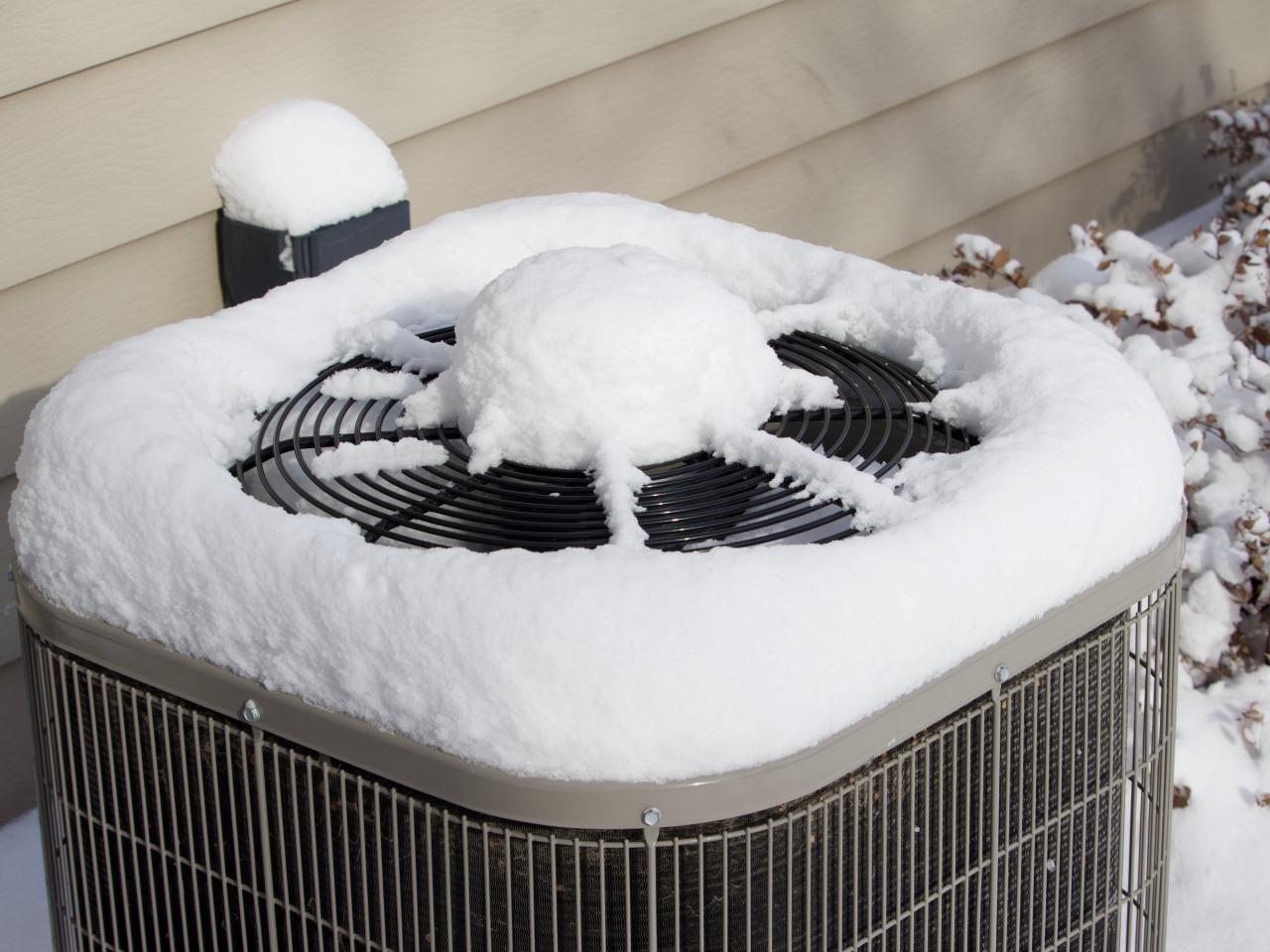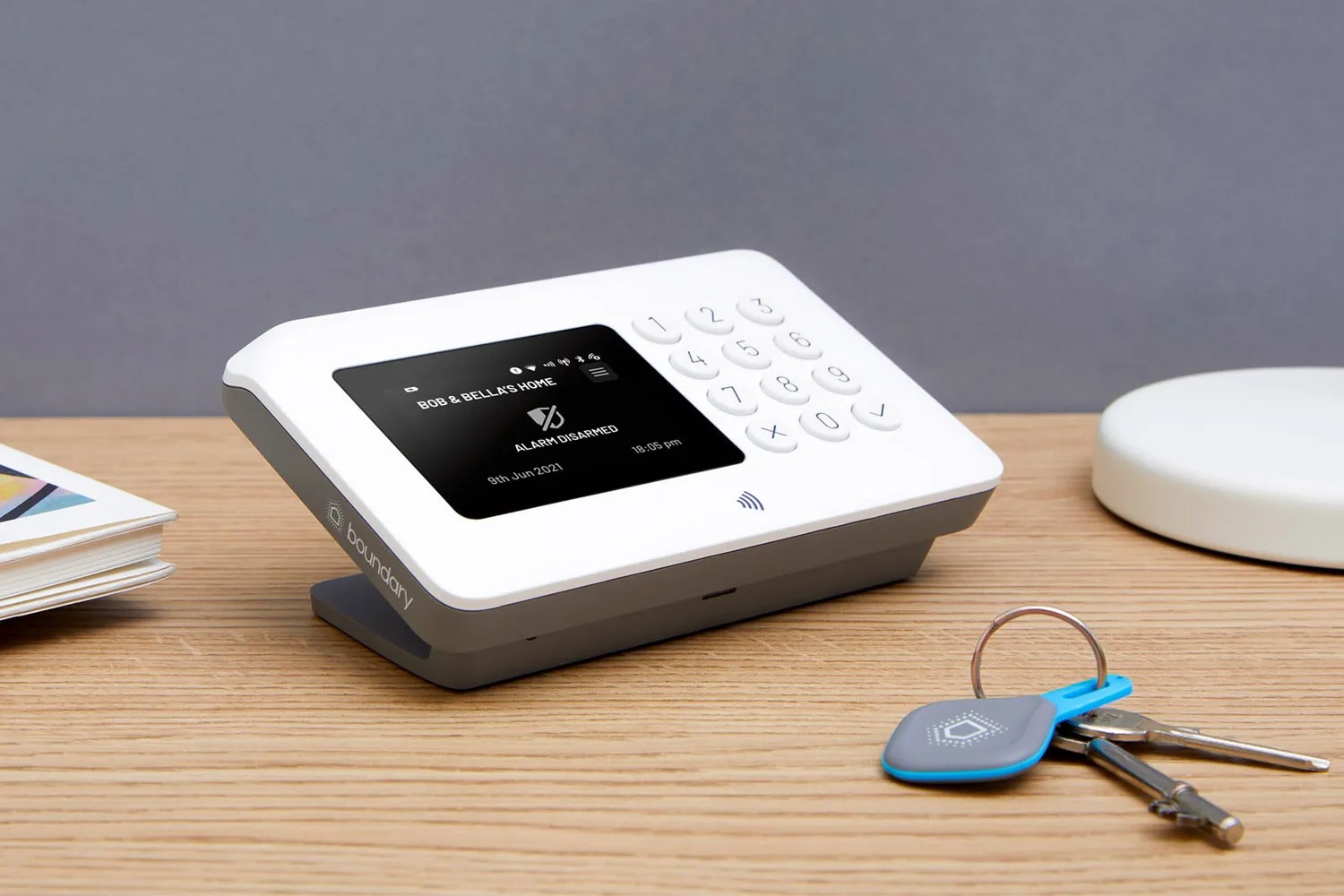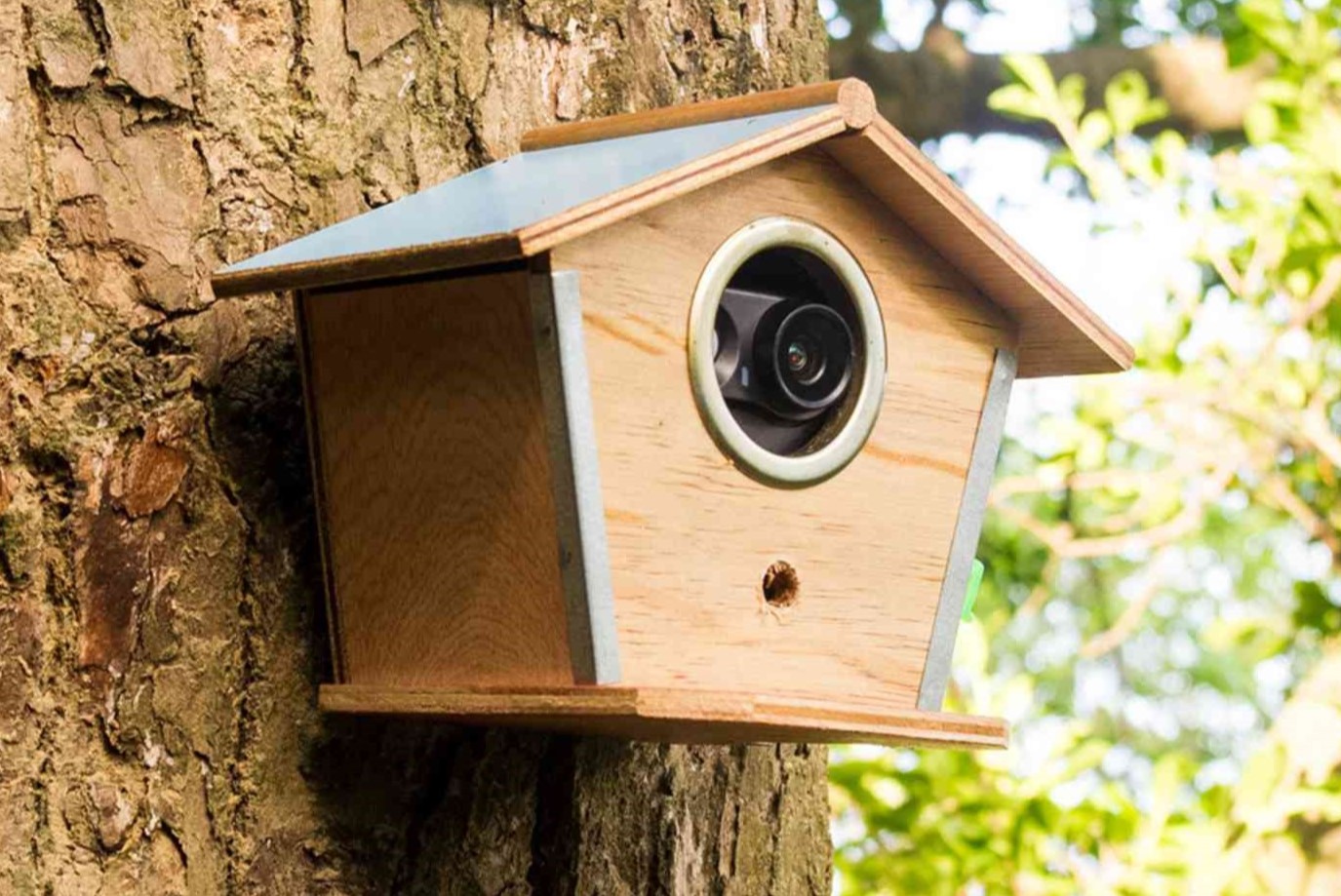Home>Home Security and Surveillance>How To Sweep For Home Surveillance
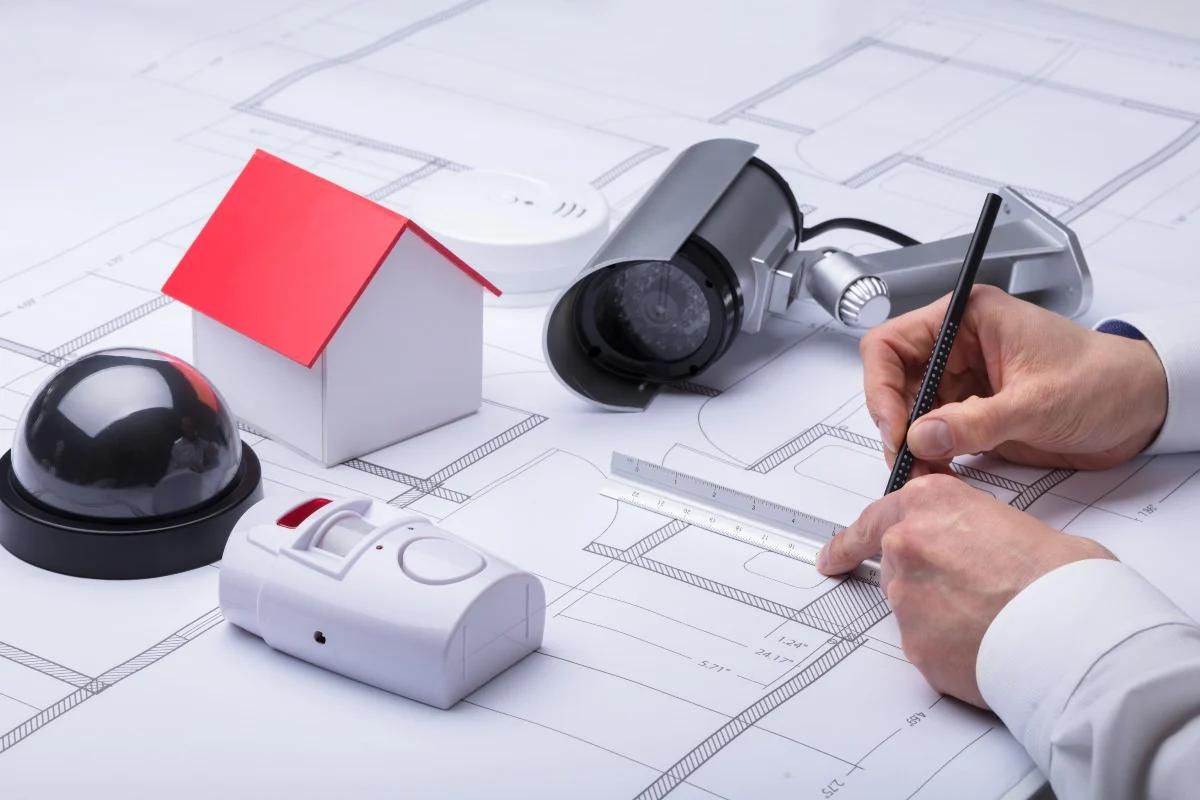

Home Security and Surveillance
How To Sweep For Home Surveillance
Modified: March 6, 2024
Learn how to sweep and secure your home with surveillance systems. Protect your property with home security and surveillance techniques.
(Many of the links in this article redirect to a specific reviewed product. Your purchase of these products through affiliate links helps to generate commission for Storables.com, at no extra cost. Learn more)
Introduction
Welcome to our comprehensive guide on how to sweep for home surveillance. In today’s digital age, ensuring the privacy and security of our homes has become increasingly important. With the advancements in technology, surveillance devices have become more accessible and affordable, making it easier for anyone to invade our personal space.
Whether you have concerns about potential hidden cameras, listening devices, or other forms of surveillance, this article is designed to provide you with the knowledge and tools necessary to identify and neutralize any unwanted surveillance within your home.
By following the step-by-step process outlined in this guide, you will be able to sweep and secure your home from potential threats. But before we dive into the nitty-gritty of home surveillance, let’s first understand why it is crucial to have a comprehensive security system in place.
Key Takeaways:
- Protect Your Privacy
Learn how to sweep for hidden surveillance devices in your home to protect your privacy and ensure your safety. By following a systematic approach and using essential tools, you can detect and eliminate potential threats. - Stay Secure and Vigilant
Maintain a secure living environment by securing your Wi-Fi network, updating devices and software, and being cautious about sharing personal information. Regularly conduct surveillance sweeps and stay informed about the latest security measures.
Read more: How To Sweep The Floor
Understanding the Importance of Home Surveillance
Home surveillance is an integral aspect of ensuring the safety and security of your living space. It provides peace of mind by acting as a deterrent to potential burglars, home intruders, and other threats. Moreover, in today’s digital era, where privacy breaches are becoming increasingly common, having control over your personal space is paramount.
One of the primary reasons for investing in home surveillance is to protect your family and loved ones. By installing surveillance cameras and other security measures, you can monitor your property and keep an eye on any suspicious activities. This helps to prevent unfortunate incidents and provides evidence in case of a break-in or other criminal activities.
Additionally, home surveillance plays a vital role in preventive safety measures. The mere presence of visible security cameras can deter potential criminals from targeting your home. Research has shown that most burglars are more likely to move on to an easier target when faced with the risk of getting caught on camera.
Furthermore, home surveillance can provide additional benefits beyond security. With remote access technology, you can monitor your home from anywhere, giving you peace of mind when you are away on vacation or at work. You can visually confirm the arrival of packages, check in on pets, or even ensure the safety of elderly family members.
Ultimately, investing in home surveillance is not just about staying protected from external threats; it is about creating a sense of security and control over your living environment. It is about having the ability to monitor and respond to any situation that may compromise the safety and privacy of your home and loved ones.
Now that we understand the importance of home surveillance, let’s explore the factors you should consider before sweeping for surveillance in your home.
Factors to Consider Before Sweeping for Surveillance
Before you begin sweeping for surveillance devices in your home, there are several important factors to consider. Being prepared and having a clear plan of action will help ensure a thorough and effective sweep. Here are some key factors to keep in mind:
1. Privacy Concerns: Assess your own privacy concerns and reasons for conducting a sweep. Are you worried about hidden cameras, audio listening devices, or both? Understanding your specific concerns will help you focus your efforts and resources.
2. Legal Considerations: Familiarize yourself with the legalities surrounding surveillance sweeps in your area. It is crucial to follow the laws and guidelines to avoid any legal complications. Consult local laws or seek legal advice if necessary.
3. Knowledge of Surveillance Devices: Educate yourself about the different types of surveillance devices available. This will help you identify potential hiding spots and select the appropriate tools for detection.
4. Budget and Resources: Determine your budget and available resources for conducting a surveillance sweep. There are various tools and equipment that can aid in the detection process, so plan accordingly to acquire what you need.
5. Prioritize Vulnerable Areas: Identify the areas in your home that are most prone to surveillance, such as bedrooms, living rooms, bathrooms, and private spaces. Focus your initial sweep on these areas to maximize your efforts.
6. Time and Dedication: Conducting a thorough sweep takes time and dedication. Ensure that you have a clear schedule and allocate sufficient time for the process. Rushing through the sweep may result in overlooking potential surveillance devices.
7. Seek Professional Help: If you lack the knowledge or confidence to conduct a surveillance sweep on your own, consider seeking professional help. There are experts in the field who can assist you in detecting and eliminating any surveillance threats.
8. Prepare for Possible Outcomes: Be mentally prepared for the possibility of discovering surveillance devices in your home. It can be unsettling, but it is important to remain calm and take appropriate action if you find any suspicious devices.
By considering these factors before starting your surveillance sweep, you will be better equipped to handle the process and increase the likelihood of successfully identifying any hidden surveillance.
Now that we’ve covered the factors to consider, let’s move on to the essential tools and equipment you will need for your home surveillance sweep.
Essential Tools and Equipment for Home Surveillance Sweeping
When conducting a home surveillance sweep, having the right tools and equipment is essential to ensure an effective and thorough search. Here are some essential items you should have on hand:
1. Flashlight: A good quality flashlight is crucial for illuminating dark corners, crevices, and hard-to-reach areas where surveillance devices might be hidden. Opt for a flashlight with adjustable brightness settings for versatility.
2. Inspection Mirrors: Inspection mirrors are invaluable for checking behind furniture, under shelves, and other tight spaces. They allow you to see areas that are difficult to access directly and increase your chances of locating hidden surveillance devices.
3. Signal Detector: A signal detector, also known as a bug detector, is a device that helps in locating wireless cameras, audio bugs, and other surveillance equipment. It detects radio frequency signals emitted by these devices and alerts you to their presence.
4. Non-Contact Voltage Detector: This tool is primarily used to detect the presence of electrical current in a device or wall outlet. It can be helpful in identifying hidden cameras or listening devices that are powered by electricity.
5. Infrared Scanners: Infrared scanners are useful for detecting hidden surveillance cameras that may be equipped with infrared LED lights. These scanners can detect the infrared signals emitted by such cameras, even in low-light conditions.
6. Wi-Fi Analyzer: If you suspect the presence of Wi-Fi cameras or listening devices, a Wi-Fi analyzer can help you identify wireless networks and devices that are connected to them. It can detect unusual or unidentified networks that may indicate the presence of surveillance.
7. Ladder or Step Stool: Depending on the height of your ceilings or the placement of potential hiding spots, a ladder or step stool may be necessary to access elevated areas. This will ensure that you thoroughly search every possible location.
8. Protective Gear: While not exactly a tool, it’s essential to prioritize your safety during the sweep. Wear gloves, protective goggles, and a face mask to avoid any potential health risks or allergic reactions when inspecting hidden devices.
Remember, the effectiveness of your surveillance sweep depends on having the right tools and equipment at your disposal. Investing in these essential items will significantly increase your chances of detecting any covert surveillance devices in your home.
Now that we are equipped with the necessary tools, let’s move on to the step-by-step guide on how to sweep for home surveillance.
When sweeping for home surveillance, be sure to check all potential hiding spots for cameras, such as smoke detectors, plants, and electrical outlets. Use a flashlight to look for any small, hidden cameras.
Step-by-Step Guide on How to Sweep for Home Surveillance
When conducting a sweep for home surveillance, it is important to follow a systematic approach to ensure a thorough search. Here is a step-by-step guide on how to sweep for surveillance in your home:
Step 1: Plan and Prepare: Before you start the sweep, gather all the necessary tools and equipment mentioned earlier. Familiarize yourself with the layout of your home and create a checklist of areas to inspect.
Step 2: Begin with Visual Inspection: Start by visually inspecting each room and area in your home. Look for any unusual or out-of-place objects, wires, or devices. Pay attention to objects that seem positioned to capture specific angles or locations.
Step 3: Check Common Hiding Spots: Focus on common hiding spots such as smoke alarms, electrical outlets, power strips, air vents, light fixtures, and books on shelves. These are popular areas for concealing surveillance devices.
Step 4: Use Your Tools: Employ the different tools and equipment mentioned earlier. Use inspection mirrors to look behind furniture and under surfaces. Utilize signal detectors to identify wireless surveillance devices and hidden cameras.
Step 5: Pay Attention to Changes: Keep an eye out for any recent modifications or additions in your home. Look for newly installed objects that could potentially hide surveillance devices, such as wall decorations or electrical outlet covers.
Step 6: Scan Wi-Fi Networks: Use a Wi-Fi analyzer to identify all the wireless networks in your home. Look for any unidentified or unauthorized networks that might be associated with hidden surveillance devices.
Step 7: Inspect Vehicles: If you have vehicles parked on your property, don’t forget to check them as well. Look for any suspicious devices or hidden cameras inside or underneath the vehicles.
Step 8: Document and Report: As you conduct your sweep, document any suspicious findings with photographs or videos. Take note of the location, description, and appearance of any potential surveillance devices. If you find anything concerning, report it to the appropriate authorities.
Step 9: Regularly Repeat the Sweep: It’s important to conduct regular surveillance sweeps to ensure ongoing privacy and security. Repeat the process periodically, especially after any significant changes or events in your home, such as renovations or moving in new furniture.
By following this step-by-step guide, you can systematically sweep your home for surveillance devices. Remember, diligence and thoroughness are key to identifying and eliminating any hidden threats to your privacy and security.
Next, let’s explore common surveillance devices and popular hiding spots that you should be aware of during your sweep.
Read more: Why Are Chimney Sweeps Lucky
Identifying Common Surveillance Devices and Hiding Spots
When conducting a home surveillance sweep, it is essential to familiarize yourself with common surveillance devices and popular hiding spots where these devices may be concealed. By understanding what to look for, you can increase your chances of detecting covert surveillance. Here are some common surveillance devices and their typical hiding spots:
Hidden Cameras: Hidden cameras can be disguised as everyday objects, such as smoke detectors, wall clocks, teddy bears, or even electrical outlets. Look for small lenses or pinhole openings that may indicate the presence of a hidden camera. Check areas where a camera would have an unobstructed view, such as corners of rooms or ceiling fixtures.
Audio Listening Devices: Listening devices can be placed in objects like lamps, flower pots, or even wall outlets. Conduct a thorough visual inspection of these objects and listen for any unusual buzzing or clicking sounds, as this may indicate the presence of a hidden audio device.
GPS Trackers: GPS trackers are commonly hidden in vehicles to track their whereabouts. Inspect underneath the vehicle, underneath the seats, and in the trunk. Look for small, magnetized devices or wires that are not part of the vehicle’s original wiring.
Wireless Transmitters: Wireless transmitters can be hidden in everyday items like picture frames, electrical outlets, or even within the walls. Use a signal detector to identify radio frequency signals that may indicate the presence of a wireless transmitter.
Microphones: Microphones can be concealed within objects like plants, pens, or wall outlets. Pay attention to objects that may have unusual or unnecessary openings or attachments. Inspect objects carefully, looking for any wires or signs of tampering.
Wi-Fi Cameras: Wi-Fi cameras can be discreetly placed in various places throughout your home. Use a Wi-Fi analyzer to identify any unidentified networks or devices connected to your Wi-Fi network. Look for small, inconspicuous devices that may have a blinking LED or are positioned to capture specific angles.
Covert Recording Devices: Covert recording devices, such as voice recorders or mini digital recorders, can be hidden in inconspicuous objects like books, pens, or clocks. Look for any objects that appear to have unnecessary or non-functioning components.
Popular Hiding Spots: In addition to specific devices, there are common hiding spots to be aware of. These include smoke detectors, air vents, electrical outlets, light fixtures, wall decorations, books on shelves, and even household appliances. Pay close attention to these areas during your sweep.
Remember, these are just some examples of common surveillance devices and hiding spots. It’s important to be thorough and keep in mind that new devices and hiding techniques are constantly being developed.
Now that you are equipped with this knowledge, it’s time to explore additional tips for maintaining home privacy and security.
Tips for Maintaining Home Privacy and Security
Protecting your home privacy and security goes beyond just conducting a surveillance sweep. Here are some additional tips to help you maintain a secure and private living environment:
1. Secure Your Wi-Fi Network: Make sure your Wi-Fi network is password protected and encrypted. Use a strong password and enable WPA2 or WPA3 encryption to prevent unauthorized access to your network.
2. Regularly Update Devices and Software: Keep all your devices and software up to date with the latest security patches. Regular updates help address any security vulnerabilities and protect against potential threats.
3. Use Strong, Unique Passwords: Create strong and unique passwords for all your online accounts, including your smart home devices. Consider using a password manager to securely store and generate complex passwords.
4. Be Mindful of Sharing Personal Information: Be cautious when sharing personal information online or with strangers. Limit the amount of personal information shared on social media and be vigilant about protecting your identity.
5. Install and Maintain Security Cameras and Alarms: Install high-quality security cameras and alarms to deter potential intruders. Regularly check and maintain these devices to ensure they are in proper working condition.
6. Secure Doors and Windows: Reinforce doors and windows with sturdy locks and deadbolts. Consider installing security film on windows to make entry more difficult for intruders.
7. Install Motion-Sensor Lighting: Install motion-sensor lights around the perimeter of your home. These lights will automatically illuminate when motion is detected, deterring potential intruders and improving overall safety.
8. Be Cautious of Social Engineering: Be wary of unsolicited phone calls, emails, or messages asking for personal information. Avoid clicking on suspicious links or downloading attachments from unknown sources.
9. Regularly Check for Updates on Smart Home Devices: Keep your smart home devices up to date with the latest firmware updates. This helps protect against potential security vulnerabilities and ensures optimal performance.
10. Be a Good Neighbor: Build a strong relationship with your neighbors and establish a neighborhood watch. Look out for each other’s homes, report any suspicious activities, and communicate effectively to ensure the safety of the entire community.
By implementing these tips, you can enhance the privacy and security of your home. Remember, maintaining a secure living environment requires both proactive measures and ongoing vigilance.
Before we conclude, let’s recap what we’ve learned in this comprehensive guide on sweeping for home surveillance.
Conclusion
Securing your home from potential surveillance threats is crucial in today’s digital age. Conducting a thorough sweep for surveillance devices helps protect your privacy, ensure your safety, and maintain control over your personal space. By following the step-by-step guide and utilizing the essential tools and equipment discussed in this article, you can effectively detect and eliminate hidden surveillance.
Understanding the importance of home surveillance and considering factors such as privacy concerns, legal considerations, and available resources sets the foundation for a successful sweep. Equipping yourself with the necessary tools like flashlights, inspection mirrors, signal detectors, and more, ensures a thorough search of your home.
Following a systematic approach and paying attention to common hiding spots helps in identifying hidden cameras, audio listening devices, GPS trackers, and other surveillance equipment. By familiarizing yourself with common surveillance devices and their typical hiding spots, you can increase your chances of detecting covert surveillance.
In addition to conducting sweeps, maintaining home privacy and security is an ongoing effort. Secure your Wi-Fi network, regularly update devices and software, use strong and unique passwords, and be cautious about sharing personal information. Install and maintain security cameras and alarms, secure doors and windows, and be vigilant of potential social engineering attempts.
By implementing these practices and being proactive, you can create a secure and private living environment for yourself and your loved ones. Remember to periodically repeat the surveillance sweep and stay informed about the latest advancements in surveillance technology and security measures.
We hope that this comprehensive guide has provided you with the knowledge and tools necessary to sweep for surveillance and maintain the privacy and security of your home. Stay vigilant, and may your home be a safe haven where you can feel secure and at peace.
Frequently Asked Questions about How To Sweep For Home Surveillance
Was this page helpful?
At Storables.com, we guarantee accurate and reliable information. Our content, validated by Expert Board Contributors, is crafted following stringent Editorial Policies. We're committed to providing you with well-researched, expert-backed insights for all your informational needs.
